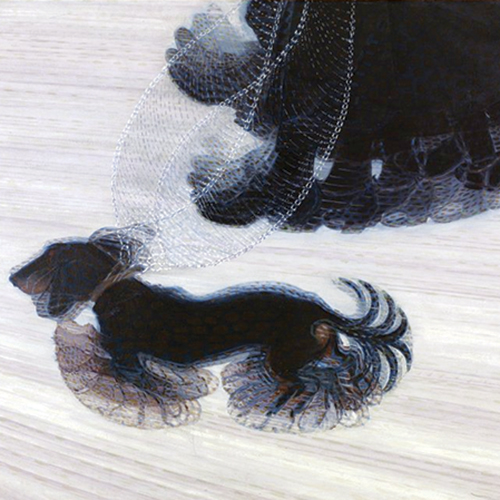
Dynamism of a Dog on a Leash (detail) by Giacomo Balla, 1912
The ability to derive meaning from what is seen is an essential skill in a culture saturated with images. Much like other forms of communication, it is a way of making a statement—but visually, not verbally. Once this language is understood, reading images, particularly art, is both simpler and more gratifying.
Using outstanding works from the history of art as well as images from popular culture, art historian Nancy G. Heller focuses on how art communicates, how to analyze and interpret it, and how it can be seen as a cultural product that reveals something about the society that produced it.
Heller is professor emerita at the University of the Arts in Philadelphia.
JAN 26 The Visual Elements of Art
Think of visual elements as the vocabulary of art: line, shape, space, texture, and color. These are the things in an artwork—no matter what kind or where it was made—that help determine its content.
JAN 27 The Principles of Design
Principles of design guide the arrangement of art’s visual vocabulary. Unity, balance, scale, and emphasis help explain why some arrangements work better than others.
JAN 28 Iconography: Understanding Symbols and Meaning
Clues to meaning, communicated in the language of symbols, often exist within artworks.
JAN 29 Is There a Correct Way To Appreciate Art?
Anxiety can underlie the art experience for some people: What if I don’t get it? Explore some frequently asked questions that can make every encounter with art richer.
4 sessions
General Information